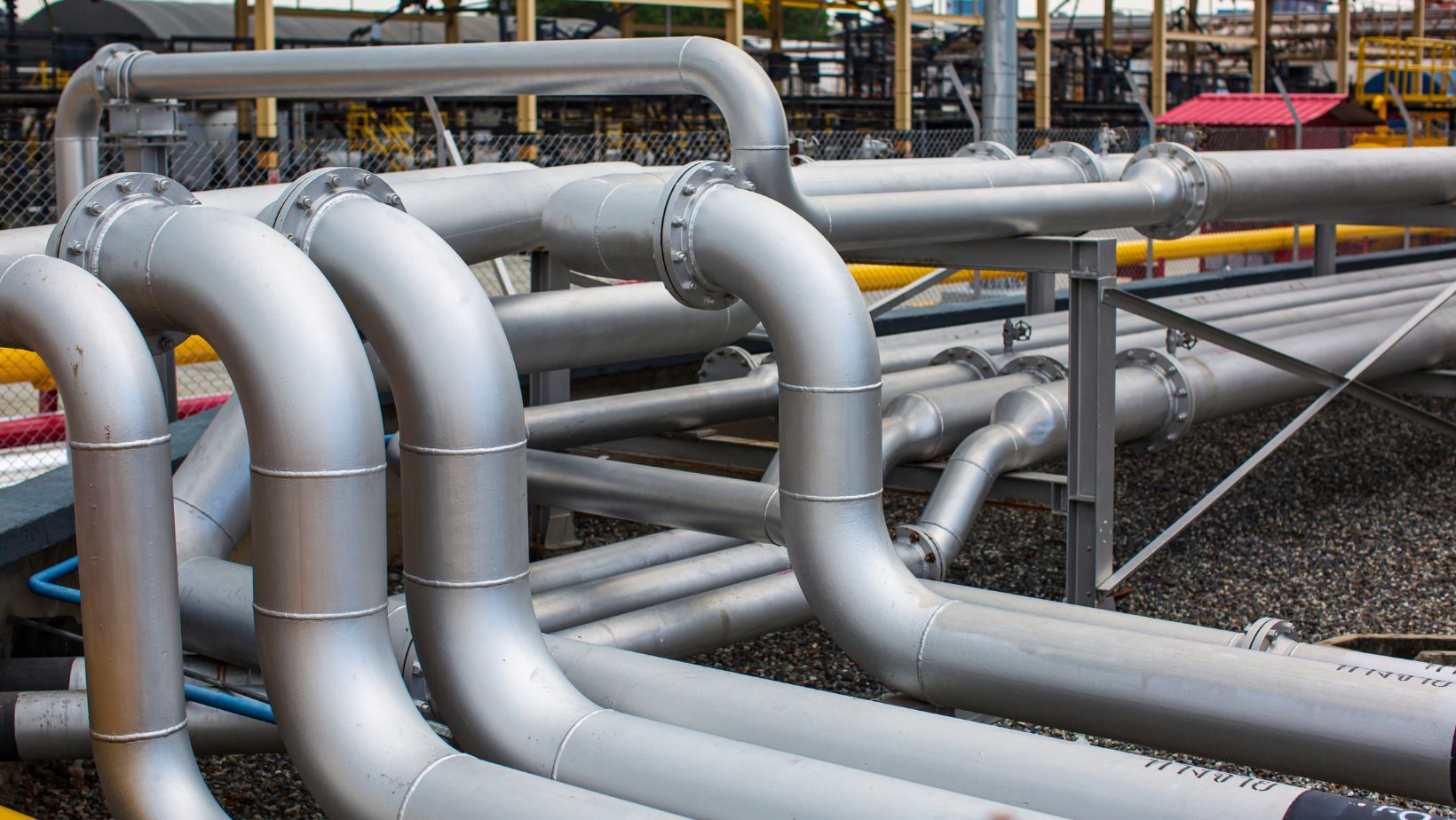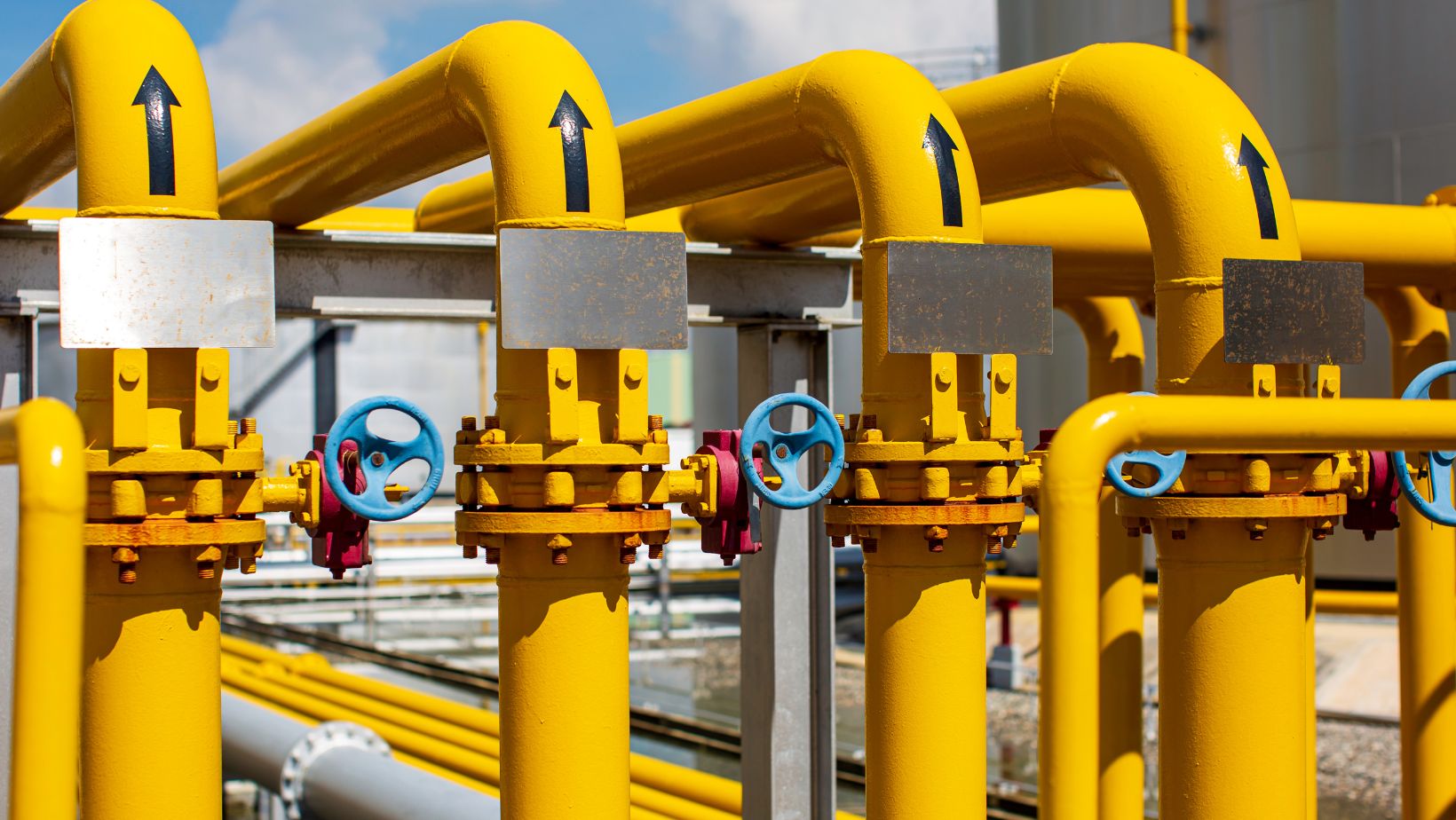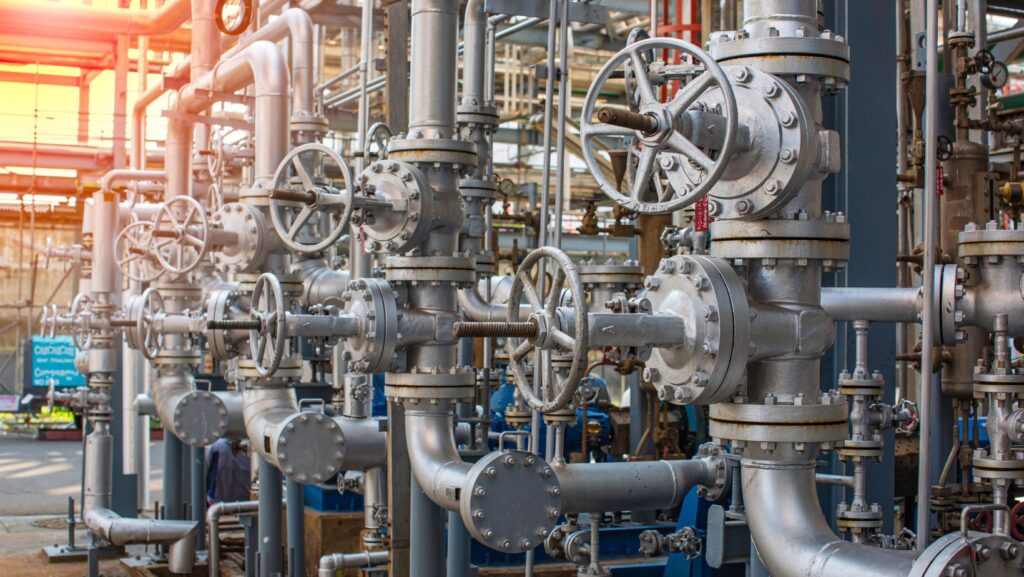A Pressure Reducing Valve (PRV) plays a vital role in ensuring the safety and efficiency of your plumbing system. High water pressure can damage pipes, appliances, and fixtures, leading to costly repairs. Understanding what is a pressure reducing valve, its functionality, and its importance can help maintain a healthy plumbing system.
What is a Pressure Reducing Valve?
A pressure reducing valve is a device installed in plumbing systems to regulate water pressure entering your home or business. It reduces high incoming water pressure from the municipal water supply to a safer, more manageable level.  This prevents excessive strain on your plumbing system and enhances the lifespan of your appliances and fixtures.
This prevents excessive strain on your plumbing system and enhances the lifespan of your appliances and fixtures.
Key Features:
- Automatic Regulation: PRVs automatically adjust the water pressure to a preset level.
- Customizable Settings: Some models allow you to adjust the pressure based on your needs.
- Durability: Made from materials like brass, PRVs are built to withstand high-pressure systems.
Why is a PRV Important in Plumbing?
1. Protects Pipes and Appliances
High water pressure can cause pipe bursts, leaks, and wear on appliances like dishwashers and washing machines. Installing a plumbing PRV prevents such damage, saving money on repairs.
2. Reduces Water Waste
Lowering water pressure minimizes unnecessary water flow, promoting conservation and reducing water bills.
3. Enhances Safety
Excessive pressure can lead to dangerous situations, especially if a pipe bursts. A PRV valve ensures the system operates within safe limits.
4. Extends the Lifespan of Plumbing Systems
By controlling water pressure, PRVs prevent wear and tear, significantly extending the lifespan of pipes, faucets, and appliances.
How Does a Pressure Reducing Valve Work?
A PRV water pressure regulator uses a spring-loaded diaphragm to control water flow. When high-pressure water enters, the diaphragm adjusts to restrict the flow, reducing the pressure before the water continues into your plumbing system.
Where is a PRV Installed?
A water PRV is typically installed near the main water shutoff valve, where the water supply enters the home. This location ensures that all water flowing into the plumbing system is pressure-regulated.
Signs You May Need a PRV
- Loud Noises: High-pressure water can cause banging or hammering noises in pipes.
- Leaky Fixtures: Excessive pressure can lead to dripping faucets or leaky connections.
- Increased Water Bills: Higher-than-normal water usage may indicate uncontrolled pressure.
- Shortened Appliance Lifespan: Frequent breakdowns of water-using appliances may result from high pressure.
Types of Pressure Reducing Valves
1. Direct-Acting PRVs
These are compact and cost-effective valves that rely on a spring and diaphragm to reduce pressure. Ideal for smaller systems, they are easy to install and maintain.
2. Pilot-Operated PRVs
Larger systems benefit from these PRVs, as they use a pilot valve to manage the main valve, ensuring precise pressure regulation.
How to Choose the Right PRV for Your Home
1. Consider Water Pressure Needs
Determine the optimal pressure range for your plumbing system. Most homes operate effectively between 40-60 psi.
2. Check Compatibility
Ensure the PRV pipe size matches your existing plumbing.
3. Look for Adjustable Settings
An adjustable plumbing PRV valve allows for customization to suit your specific needs.
Installation and Maintenance
Installing a PRV
Professional installation by a licensed plumber ensures correct placement and functionality. They will also check for additional adjustments required in your plumbing system.
Maintaining a PRV
- Inspect the valve periodically for wear and tear.
- Clean the valve to remove sediment buildup that can affect performance.
- Replace old or faulty PRVs to maintain consistent water pressure.

Benefits of Using PRVs
- Cost Savings: Reduced water waste and fewer repairs save money over time.
- Water Conservation: Lower water pressure promotes efficient usage.
- Peace of Mind: Knowing your plumbing is protected from pressure-related issues adds security.
Final Thoughts
Understanding what is a PRV and its role in plumbing can prevent costly damages and improve your system’s efficiency. Whether you’re experiencing issues with high water pressure or want to enhance your plumbing system, a pressure reducing valve is an essential component.
For installation and maintenance of PRVs, trust the experts at Super Brothers. Our team provides reliable plumbing services to ensure your home stays safe and efficient.


More Stories
Tech TheHomeTrotters.com: Discover Your Next Favorite Online Resource
Software GDTJ45 Builder Does Not Work: Common Pitfalls Explained
Thehometrotters.com: Your Ultimate Guide to Home Travel Adventures